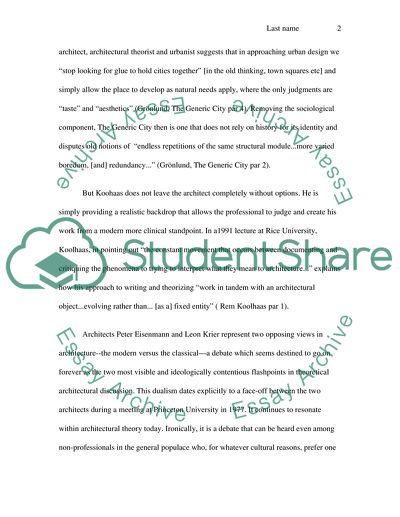Cite this document
(Theoretical Art of Design Essay Example | Topics and Well Written Essays - 1500 words, n.d.)
Theoretical Art of Design Essay Example | Topics and Well Written Essays - 1500 words. https://studentshare.org/architecture/1573889-architecturall-theory
Theoretical Art of Design Essay Example | Topics and Well Written Essays - 1500 words. https://studentshare.org/architecture/1573889-architecturall-theory
(Theoretical Art of Design Essay Example | Topics and Well Written Essays - 1500 Words)
Theoretical Art of Design Essay Example | Topics and Well Written Essays - 1500 Words. https://studentshare.org/architecture/1573889-architecturall-theory.
Theoretical Art of Design Essay Example | Topics and Well Written Essays - 1500 Words. https://studentshare.org/architecture/1573889-architecturall-theory.
“Theoretical Art of Design Essay Example | Topics and Well Written Essays - 1500 Words”. https://studentshare.org/architecture/1573889-architecturall-theory.


